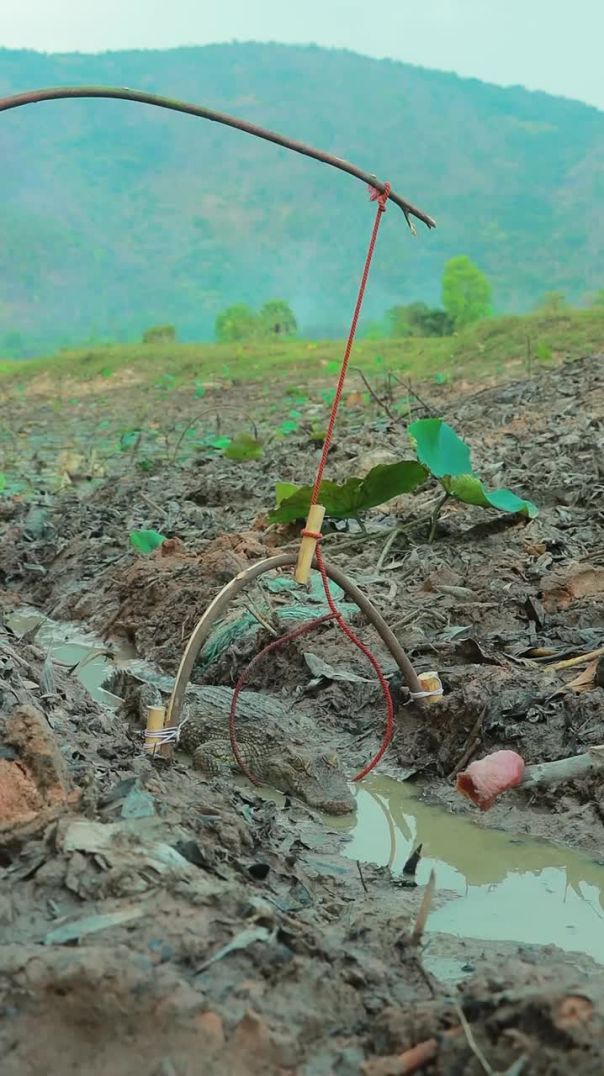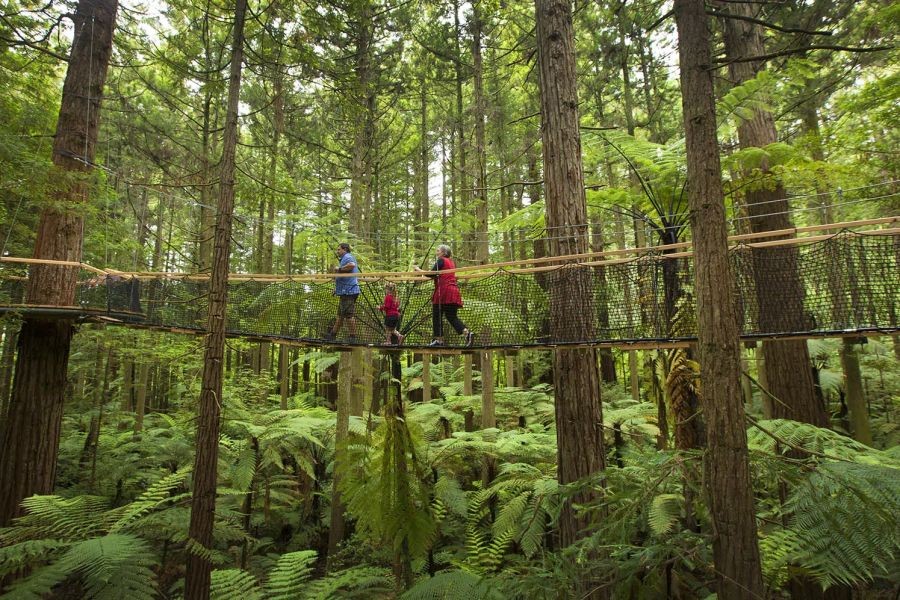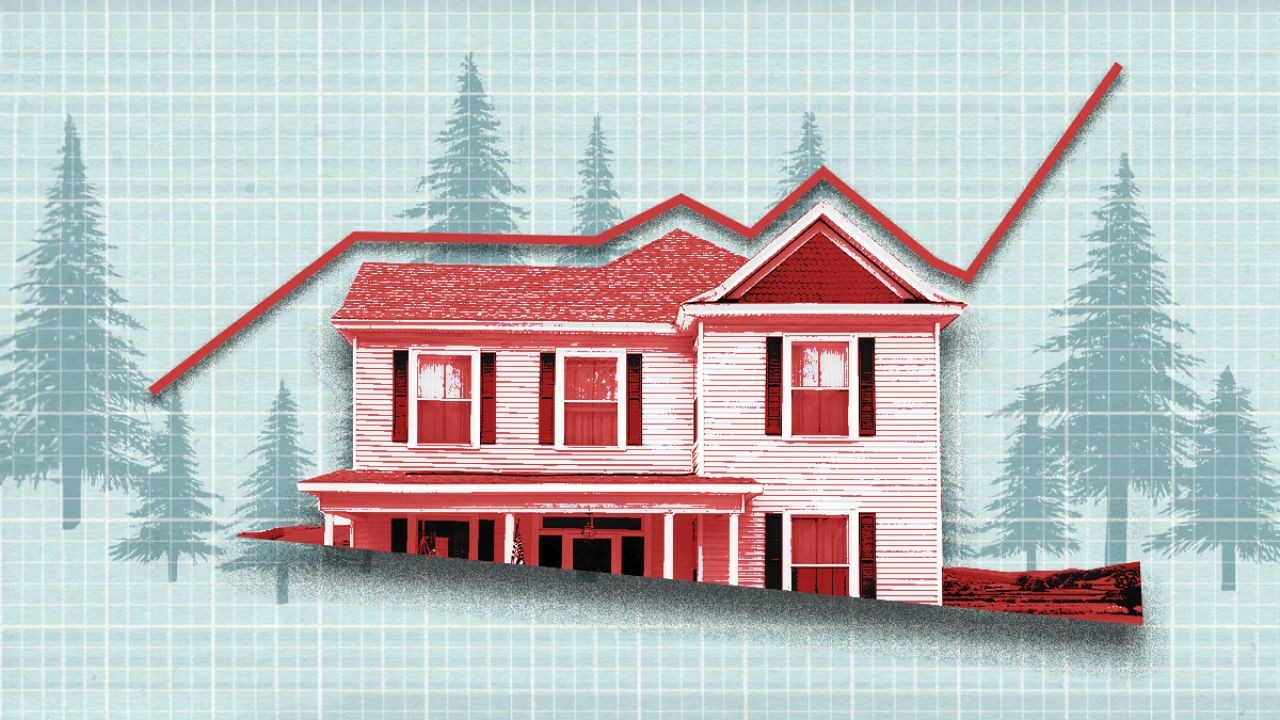In an era marked by environmental concerns and the need for sustainable living, embracing eco-friendly practices isn't just a trend; it's a necessity. Our planet faces numerous challenges, from climate change to resource depletion, and it's incumbent upon us to make positive changes. In this article, we'll explore the world of eco-friendly living, focusing on green home improvements that can pave the way for a more sustainable future. Whether you're a homeowner or a renter, there are steps you can take to reduce your environmental footprint and create a healthier, more sustainable living environment.
Understanding Eco-Friendly Living
Eco-friendly living encompasses a wide range of practices aimed at reducing the negative impact of human activities on the environment. It involves conscious choices that prioritize sustainability, energy efficiency, and responsible resource use. As the world grapples with climate change, deforestation, and pollution, adopting eco-friendly practices at home becomes increasingly vital.
Benefits of Eco-Friendly Home Improvements
The advantages of embracing eco-friendly home improvements are multifaceted. Not only do they contribute to a healthier planet, but they also offer several benefits for homeowners:
- Cost Savings: Many eco-friendly upgrades lead to reduced energy and water consumption, resulting in lower utility bills.
- Positive Environmental Impact: Eco-friendly improvements help reduce greenhouse gas emissions and lessen your environmental footprint.
- Improved Indoor Air Quality: The use of non-toxic and low-VOC (volatile organic compounds) materials enhances indoor air quality, benefiting your health.
- Increased Home Value: Sustainable homes are in high demand, making them more attractive to potential buyers and increasing property value.
Energy-Efficient Solutions
One of the key aspects of eco-friendly living is energy efficiency. Simple changes like switching to LED lighting, installing a smart thermostat, or investing in solar panels can significantly reduce your energy consumption and utility costs. These improvements not only benefit the environment but also contribute to long-term financial savings.
Water Conservation Strategies
Water is a precious resource, and conserving it is paramount. Implementing water-saving strategies, such as installing low-flow fixtures, fixing leaks promptly, and collecting rainwater for outdoor use, can make a significant difference. Not only does this conserve water, but it also reduces your water bills.
Materials and Design Choices
Eco-friendly home improvements extend to the materials and design elements you choose. Sustainable building materials like bamboo flooring, recycled glass countertops, and reclaimed wood can add style to your home while minimizing environmental impact. Additionally, low-VOC paints and finishes contribute to better indoor air quality.
Waste Reduction and Recycling
Reducing waste and recycling are fundamental aspects of eco-friendly living. Setting up an efficient recycling system at home and making conscious choices to reduce single-use plastics can substantially reduce the waste you generate. Composting kitchen scraps is another eco-friendly practice that helps divert organic waste from landfills.
Outdoor Sustainability
Sustainability doesn't stop at your doorstep; it extends to your outdoor spaces. Sustainable landscaping practices, rainwater harvesting systems, and composting in your garden contribute to a greener, more environmentally friendly home.
Financial Incentives and Rebates
Governments and utilities often offer financial incentives and rebates to encourage eco-friendly home improvements. These incentives can offset the initial costs of green upgrades and make them more accessible to homeowners.
Challenges and Solutions
Adopting eco-friendly practices may come with challenges, such as the upfront cost of certain improvements or the need for behavioral changes. However, these challenges can be overcome through careful planning, budgeting, and a commitment to making sustainable choices.
Conclusion
Eco-friendly living is not a mere lifestyle choice; it's a responsibility we owe to the planet and future generations. By embracing green home improvements and sustainable practices, we can play a significant role in mitigating environmental challenges. The benefits are clear: reduced energy bills, improved indoor air quality, and a positive impact on the planet. So, let's take the first steps toward a more sustainable future, one eco-friendly choice at a time.
FAQs (Five Unique Questions)
What are some simple, budget-friendly eco-friendly home improvements I can start with?
- You can begin with energy-efficient lighting, sealing drafts, and setting up a home recycling system. These are cost-effective and yield immediate benefits.
How can I calculate the environmental impact of my eco-friendly home improvements?
- There are online tools and calculators available that can help you estimate the environmental impact of your green upgrades, including carbon savings and water conservation.
Are there government incentives for installing solar panels or other renewable energy sources?
- Yes, many governments offer incentives, tax credits, and rebates for renewable energy installations like solar panels. These incentives vary by location, so it's essential to check with local authorities.
Can renters also make eco-friendly home improvements, or is it primarily for homeowners?
- Renters can adopt eco-friendly practices too. They can focus on energy-efficient appliances, reducing water consumption, and using sustainable materials for decor and furnishings.
What are some eco-friendly landscaping ideas for those with limited outdoor space?
- Container gardening, vertical gardens, and native plant landscaping are excellent options for eco-friendly landscaping in small spaces. These approaches maximize greenery while minimizing resource use.






























MarkoRoach
5 months ago